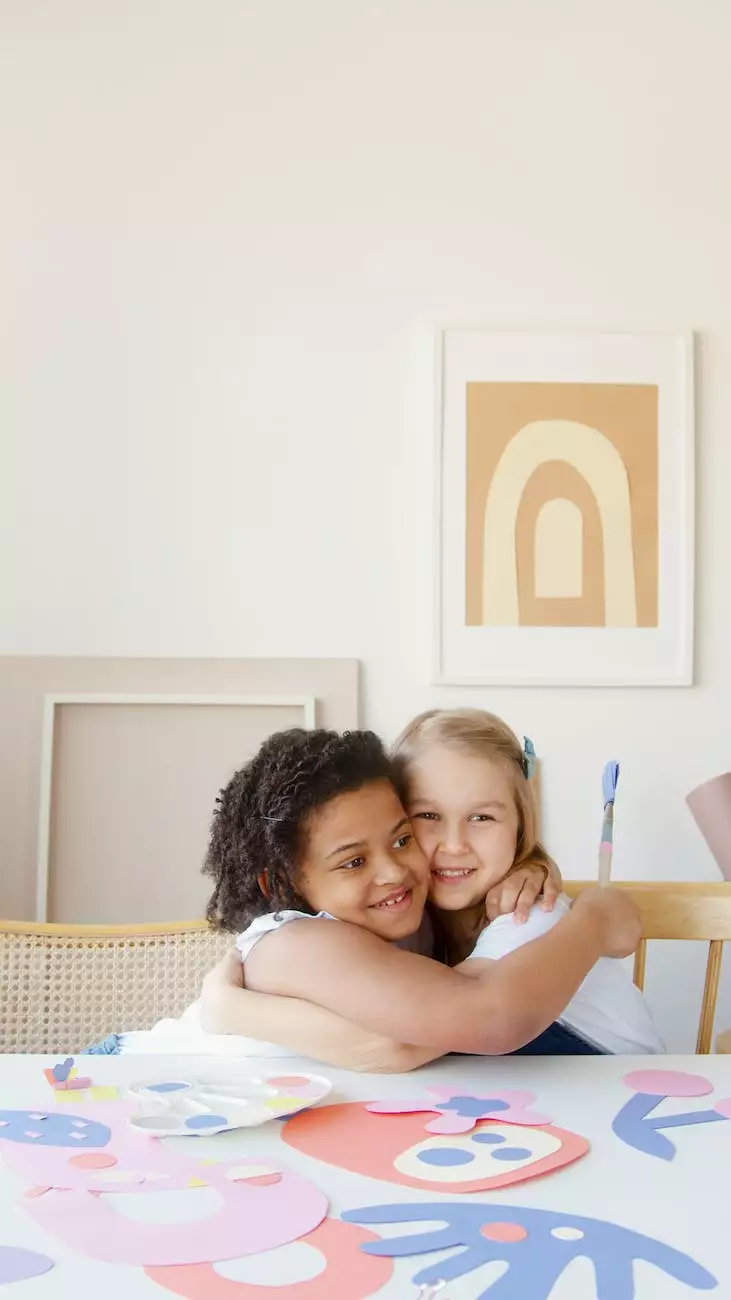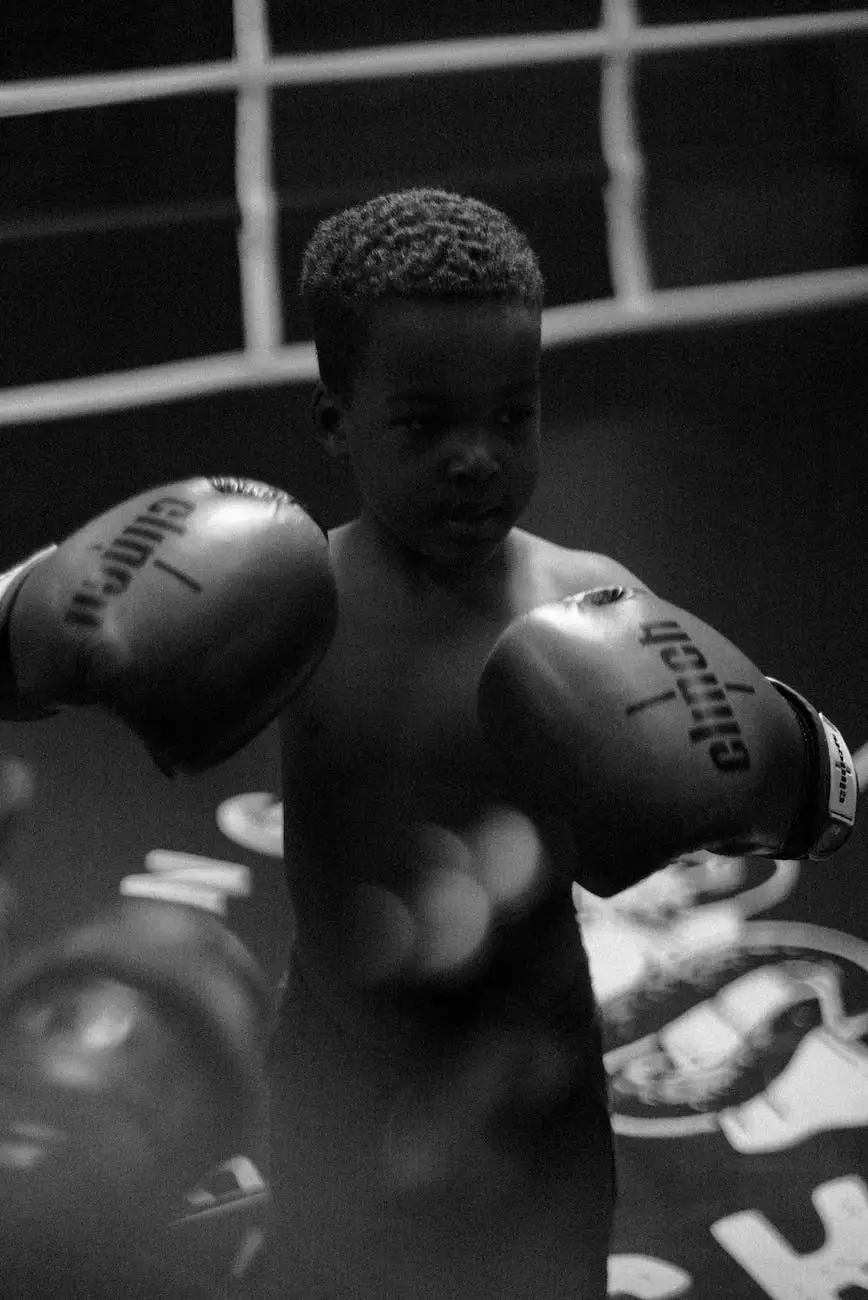11 Fun Ways to Help a Child Think Creatively

Introduction
Welcome to Victory Outreach Vallejo's guide on 11 fun ways to help a child think creatively. As parents, guardians, or educators, it is essential to foster a creative mindset in children and encourage their imagination. This page aims to provide you with effective strategies and activities that can enhance your child's ability to think creatively.
1. Encourage Artistic Expression
Artistic activities such as drawing, painting, or sculpting can unlock a child's creativity. Provide them with various art supplies and encourage them to express their thoughts and emotions through visual mediums. Allow them to freely experiment and explore different techniques without limitations.
2. Engage in Creative Storytelling
Storytelling can ignite a child's imagination and enhance their creativity. Sit with your child and take turns creating imaginative stories. Encourage them to think outside the box and let their imagination run wild. This activity not only boosts their creativity but also improves their communication and language skills.
3. Foster Curiosity with Science Experiments
Engage your child in simple science experiments to stimulate their curiosity and promote critical thinking. Conduct experiments using household items and encourage them to make predictions and observations. This hands-on approach to learning helps develop their problem-solving skills and fosters a scientific mindset.
4. Incorporate Music and Dance
Expose your child to different types of music and encourage them to explore their rhythmic abilities. Dancing and moving to music not only promotes physical activity but also enhances their creative expression. Consider enrolling them in music lessons or dance classes to further nurture their artistic talents.
5. Encourage Pretend Play
Pretend play allows children to step into different roles and unleash their imaginations. Provide them with props and costumes to act out stories or scenarios. This activity helps develop problem-solving skills, empathy, and creativity while allowing them to explore various perspectives and ideas.
6. Provide Open-Ended Toys and Games
Open-ended toys and games, such as building blocks, Legos, or puzzles, offer limitless creative possibilities. These types of toys encourage children to think critically, problem-solve, and explore their imagination. Allow them to experiment, build, and create without strict guidelines or predefined outcomes.
7. Explore Nature and the Outdoors
Spending time in nature allows children to connect with their surroundings and sparks their curiosity. Encourage outdoor activities like nature walks, gardening, or camping trips. These experiences provide opportunities for your child to observe, discover, and appreciate the beauty of the natural world - nurturing their creativity in the process.
8. Engage in Collaborative Projects
Promote collaboration and teamwork by engaging your child in collaborative projects. This could involve building a fort, organizing a themed event, or creating a family scrapbook. By working together, your child develops important social skills and learns to brainstorm and combine ideas effectively.
9. Foster a Reading Habit
Reading exposes children to diverse ideas, perspectives, and storytelling techniques, fueling their creativity. Encourage regular reading habits by providing a variety of books that cater to their interests. Discuss the books they read to stimulate their critical thinking and imagination.
10. Embrace Mistakes and Encourage Problem-Solving
Teach your child that making mistakes is a valuable part of the learning process. Encourage them to find creative solutions when faced with challenges. This mindset fosters innovation and resilience, allowing them to think critically and develop unique approaches to problem-solving.
11. Support Free Thinking and Independent Ideas
Cultivate an environment that values and supports your child's independent thinking and ideas. Encourage them to ask questions, think critically, and explore their own interests. Provide opportunities for them to express their thoughts and opinions without judgment, fostering their creativity and self-confidence.
Conclusion
By implementing these 11 fun ways to help a child think creatively, you can nurture your child's imagination, critical thinking skills, and problem-solving abilities. Create an environment that encourages exploration, supports curiosity, and embraces their unique ideas. Remember, fostering creativity in children is a journey that requires patience, guidance, and a lot of fun.
Victory Outreach Vallejo is dedicated to empowering individuals and families through faith and community support. We believe that nurturing creativity in children is vital for their personal growth and development. Feel free to explore our website for more resources and information on community and faith-based programs.










